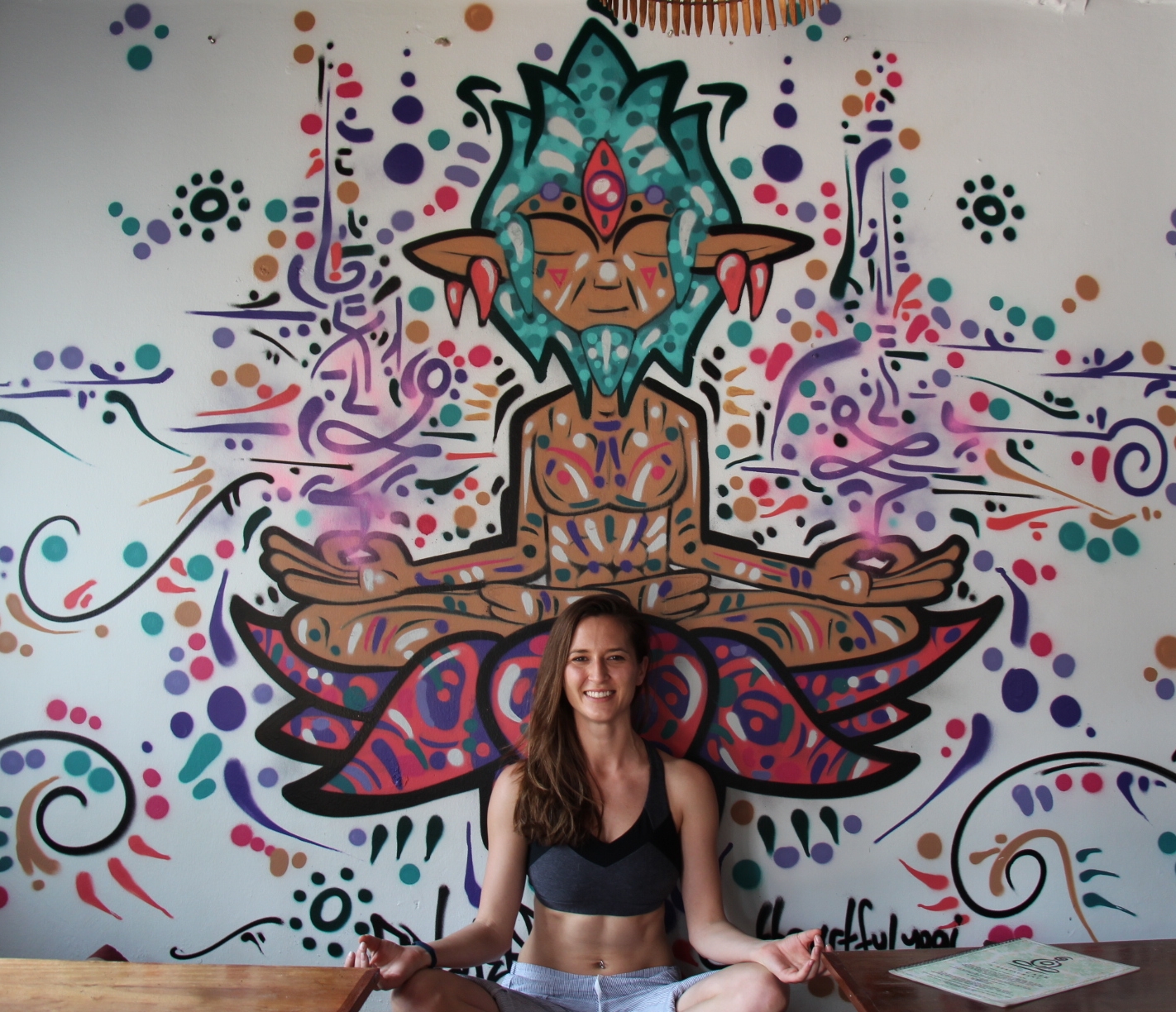Chapter 8: Movement as Medicine
"How exercise affects gene expression and cellular repair"
Movement isn't just about burning calories or building muscle—it's about activating genetic programs that optimize every system in your body. When you move in ways that feel good, you trigger the production of brain-derived neurotrophic factor (which grows new brain cells), increase the creation of mitochondria (your cellular power plants), and activate genes associated with longevity and disease resistance. This chapter reframes exercise from something you should do to something your body craves, exploring how different types of movement serve different biological functions and how to tune into what your body needs on any given day. We'll examine why some people thrive on intense workouts while others do better with gentle movement, how to use movement to regulate your nervous system, and how to distinguish between movement that energizes you and movement that depletes you. You'll discover how to create a sustainable movement practice based on joy and curiosity rather than obligation and punishment.
Edited:
Movement isn't just about burning calories or building muscle—it's about activating genetic programs that optimize every system in your body. When you move in ways that feel good, you trigger the production of brain-derived neurotrophic factor (which grows new brain cells), increase the creation of mitochondria (your cellular power plants), and activate genes associated with longevity and disease resistance. But movement encompasses far more than what we typically think of as exercise—it includes the fundamental human need for touch, which is literally the first sense we develop and remains crucial for physical and emotional wellbeing throughout our lives. This chapter reframes both movement and touch from things you might do to things your body craves as essential medicine, exploring how different types of physical engagement serve different biological functions and how to tune into what your body needs on any given day. We'll examine why some people thrive on intense workouts while others do better with gentle movement, how touch deprivation affects everything from immune function to mental health, how to use both movement and touch to regulate your nervous system, and how to distinguish between physical practices that energize you and those that deplete you. You'll discover how to create sustainable practices around both movement and touch based on joy and biological necessity rather than obligation and social convention.
Section within Chapter 8: "The Medicine of Touch"
Touch is our first language. Before we can see clearly, hear distinctly, or speak at all, we communicate through skin-to-skin contact. Research shows that premature infants who receive regular touch gain weight 47% faster than those who don't, while children raised without adequate touch show measurable developmental delays in everything from growth hormone production to brain development. But our need for touch doesn't diminish as we age—it simply becomes more complex and often more neglected.
In our touch-phobic culture, many adults live in a state of chronic touch deprivation that affects their physical and mental health in ways they may not even recognize. Studies reveal that appropriate touch reduces cortisol levels, boosts immune function, releases oxytocin (which promotes bonding and reduces anxiety), and even helps regulate heart rate and blood pressure. The absence of touch, conversely, is associated with higher rates of depression, anxiety, and even physical illness.
This section would explore:
The neuroscience of touch: How skin contact affects brain chemistry and nervous system regulation
Touch across the lifespan: From infant massage to therapeutic touch for elderly populations
Cultural touch patterns: How different societies approach physical contact and what we can learn
Touch as trauma healing: How appropriate touch can help heal nervous system dysregulation
Self-touch practices: Dry brushing, self-massage, and other ways to meet your own touch needs
Creating touch-rich environments: How families and communities can normalize healthy physical affection
Touch discrimination: Learning to distinguish between touch that nourishes and touch that depletes or violates boundaries
